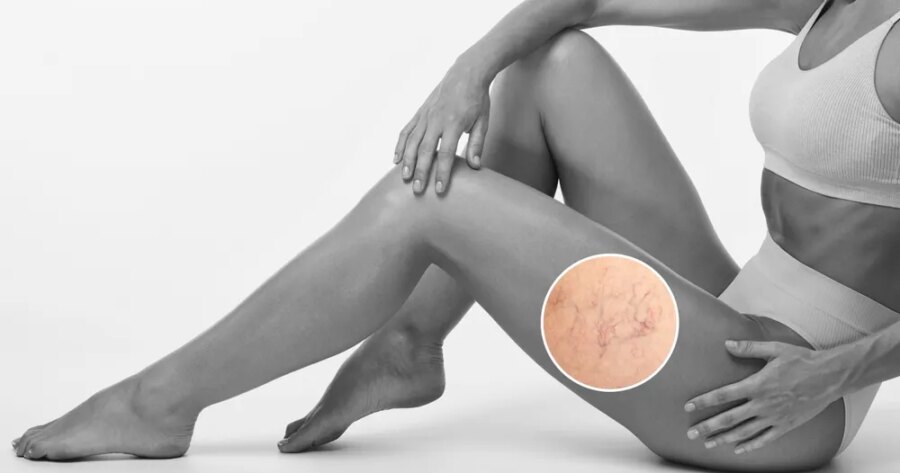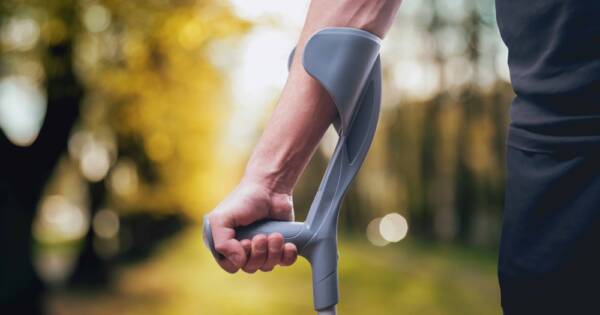Varicose veins are a common condition affecting millions worldwide. They appear as swollen, twisted veins, often visible just beneath the skin, primarily in the legs. While typically not life-threatening, they can cause discomfort, swelling, and self-consciousness. Understanding how to manage varicose veins is crucial for improving both health and confidence. In this article, we’ll explore potential treatment options, lifestyle changes, and preventive measures that may help address this issue effectively.
What Are Varicose Veins?
Varicose veins occur when the valves in veins, which regulate blood flow, weaken or malfunction. This allows blood to pool, causing the veins to enlarge. Common risk factors include genetics, prolonged standing or sitting, obesity, pregnancy, and age. Symptoms may range from mild cosmetic concerns to discomfort, heaviness, and in some cases, more severe complications such as ulcers or blood clots.
When to Seek Medical Attention
For some, varicose veins are simply a cosmetic issue. However, if you experience persistent pain, swelling, skin changes, or open sores near the veins, medical advice should be sought. It’s crucial to consult a healthcare professional for an accurate diagnosis and tailored treatment plan. This ensures that any potential complications, such as deep vein thrombosis, are ruled out or addressed appropriately.
Lifestyle Adjustments to Support Vein Health
While no lifestyle change can guarantee complete prevention or reversal of varicose veins, certain habits may improve circulation and reduce symptoms:
1. Exercise Regularly
Low-impact activities like walking, swimming, and cycling encourage healthy blood flow in the legs. Even brief, consistent movement throughout the day can help reduce pressure on veins.
2. Elevate Your Legs
Whenever possible, elevate your legs above heart level to assist blood flow back to the heart. This simple practice can relieve swelling and discomfort temporarily.
3. Maintain a Healthy Weight
Carrying excess weight can place added pressure on veins. A balanced diet and regular physical activity can promote better circulation and overall health.
4. Wear Compression Stockings
Compression stockings apply gentle pressure to the legs, supporting blood flow and potentially reducing discomfort. They are often recommended for mild cases or as part of a broader treatment plan.
Medical Treatments for Varicose Veins
If lifestyle changes are insufficient, medical procedures may provide relief. The appropriate method depends on the severity of the condition, individual preferences, and professional advice. Here are some commonly discussed options:
1. Sclerotherapy
This procedure involves injecting a solution into the vein, causing it to collapse and fade over time. Sclerotherapy is often used for smaller varicose or spider veins. Results can vary, and multiple sessions may be required.
2. Laser Treatments
Non-invasive laser therapies can treat smaller veins near the skin’s surface. This method uses focused light to seal off the vein. While generally effective, it might not be suitable for larger varicose veins.
3. Endovenous Ablation Therapy
Using radiofrequency or laser energy, this procedure heats the vein walls, closing off affected veins. It’s minimally invasive, requiring only a small incision. Recovery time is usually shorter than traditional surgery.
4. Vein Stripping and Ligation
In more severe cases, a surgical approach may be necessary. This involves tying off and removing problematic veins through small incisions. While effective, recovery time can be longer, and the procedure carries higher risks.
The Role of Prevention
Although it may not always be possible to completely avoid varicose veins, adopting preventive measures may reduce the risk of developing new ones or worsening existing symptoms.
1. Stay Active
Regular movement prevents blood from pooling in the legs. For individuals with desk jobs, consider standing or walking breaks every 30 minutes.
2. Avoid Prolonged Sitting or Standing
Both can contribute to increased vein pressure. Adjust your position often and consider using ergonomic supports if needed.
3. Wear Comfortable Clothing
Tight clothing, especially around the waist, thighs, or legs, can restrict blood flow. Opt for loose-fitting attire to minimize pressure on veins.
4. Focus on Footwear
High heels may increase strain on veins. When possible, wear comfortable, supportive shoes that promote healthy circulation.
Managing Varicose Veins for a Better Quality of Life
Varicose veins can be a frustrating and sometimes painful condition, but many options exist for managing their impact. From simple lifestyle adjustments to advanced medical treatments, there’s no one-size-fits-all solution. Consulting a healthcare professional is essential for determining the best approach based on individual needs and circumstances.
While results may vary, taking steps to support vein health can lead to improved comfort, mobility, and confidence over time. If you’re dealing with varicose veins, remember that help is available—and with the right care, you can navigate this condition effectively.





